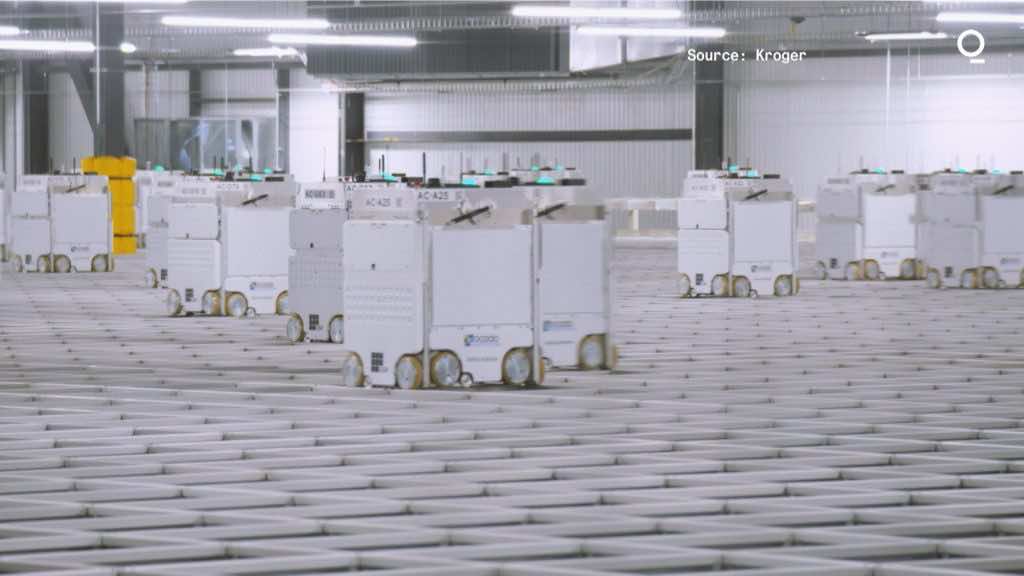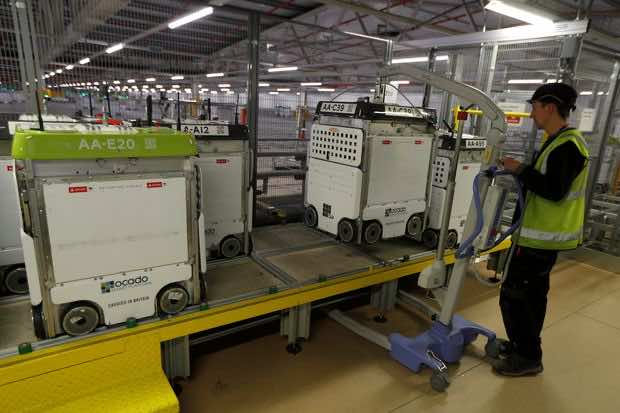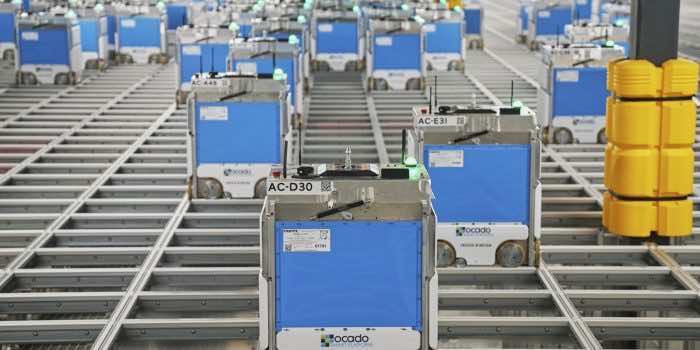Experts suspect that Kroger, the largest traditional supermarket chain owner in the U.S, is off to make a costly mistake.
The announcement and the future move of shifting to e-commerce with such hefty spending are termed as taken under pressure of the growing Amazon and Walmart shares.
Online retail and grocery stores are the one-stop convenient solution to get delivered with all the grocery items at the doorstep. The convenience it brings along with the ongoing pandemic situation has aided the e-stores at large.
Companies like Amazon, Walmart, and Aldi were the early actors to take this shift. But Kroger was late to realize the importance of online stores; however, now that they know, they want to go all-out to make this shift and have announced building a 375,000 square feet facility in Monroe, Ohio.

The plan is to build 3 stories above the warehouse where modern robots equalling the size of dishwashers whirl atop of grid of tracks so humongous that it appears to be coming out of a sci-fi movie.
The new modern robotic platform will aid Kroger’s business with a fast-paced item-retrieving system, ranging from cereal and soda to 28,000 other items stacked in the store will quickly be delivered to humans for further distribution.
Experts have assessed that the new facility will be able to pick a 50-item order in less than five minutes, making it a remarkably fast platform to increase its profit and shares.

“Society has leaped into a new digital era, and so has Kroger,” Kroger CEO Rodney McMullen said at an investor event last month, where he pledged to double the company’s $10 billion in digital sales by the end of 2023. “There is still a huge opportunity in front of us.”
The price of building each shed that Kroger wants is somewhere around $50 million, and this part has left the analysts confused if building them is a risky business or a smart move to regain market share in the retail business.
The favorite way for Americans to grocery shop is to reach out of a store and have their items ready outside. This comes with convenience and skipping the delivery fees. Kroger’s desired model is in line with this trend. However future holds the answer if it was a beneficial or a losing move for the largest traditional grocery store in the U.S.
“This is a pretty big gamble in untested waters,” said Robert Moskow, an analyst at Credit Suisse. “I would have chosen a more flexible, less capital-intensive approach. There’s a lot of unknowns out there.”


